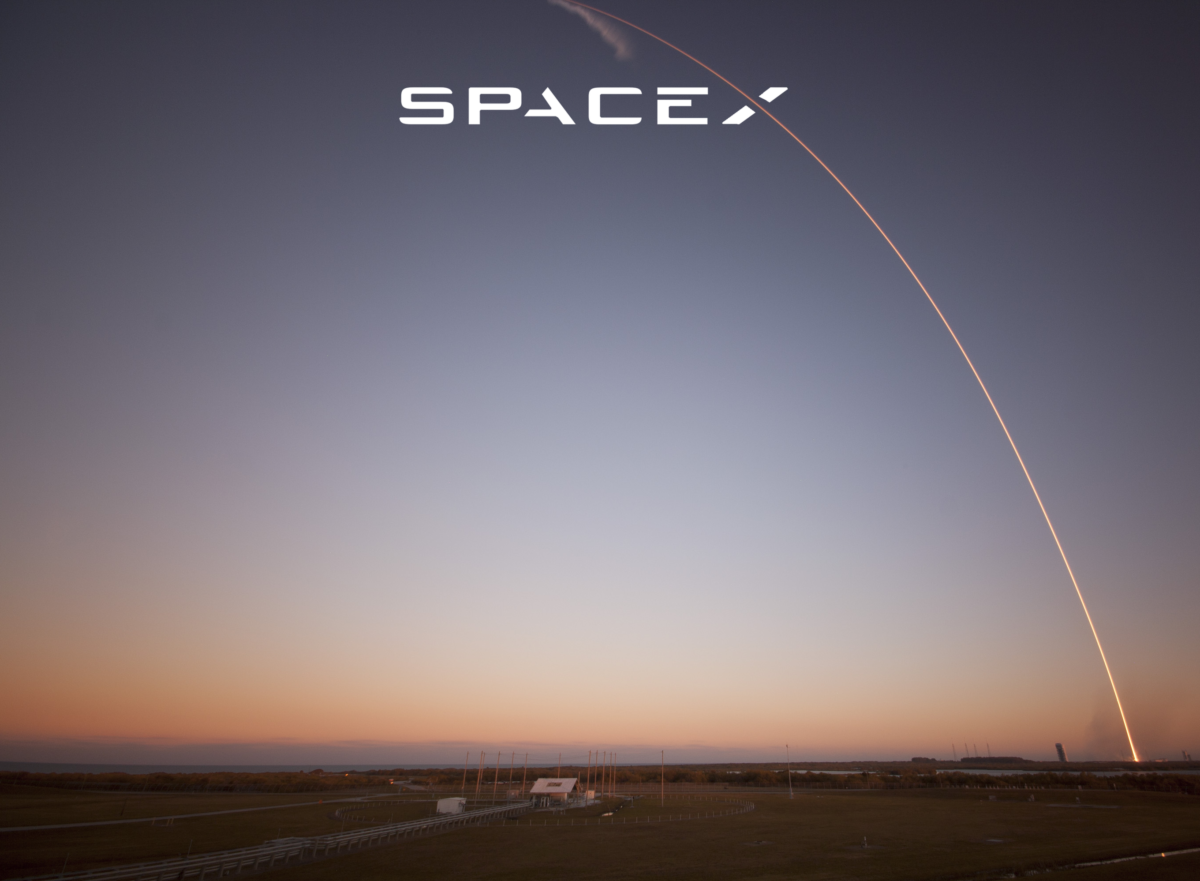ASML, a Dutch high tech company, is introducing new EUV-machines, which might change the semiconductors industry. The semiconductors industry consists of computer chips, which are made of one of the most common elements in the world, silicon (ASML, n.d.). ASML does not produce chips, but manufactures chip-making machines and their new EUV-machine might change this whole business. So, what do these new EUV-machines do, which might disrupt the semiconductors industry?
These new EUV-machines, use ultraviolet light to print chips, which enables the machines to produce smaller and faster chips (Van De Weijer, 2017). One EUV-machine costs around €100 million and ASML is the only company in the world that makes these machines (FD, 2017). According to FD (2017), the new EUV-machine is flying off the shelf, ASML already has 27 orders for the new EUV-machine, which comes down to €2.8 billion revenue and in 2017 ASML will increase their revenue by 25%. So, why are these EUV-machines so revolutionary? That is because previously the industry was not able to use ultraviolet light to print chips, the used (normal) light was too rough to produce the required refined transistors of the chips. Hence, scientists started looking at a new light, EUV, in the nineties (Van De Weijer, 2017). And in 2017 ASML exceeded in launching such a chip-making machine, which does produce chips that satisfy the required refined transistors of the chips. Hence, this new technique, with which improved chips can be made could change a lot in all the electronic products manufactured and thus disrupt the entire semiconductors industry and related industries using chips.
These changes in the chips leads me to wonder, will electronic products become significantly cheaper, smaller or better, or will an entirely new range of products be introduced, which previously thought to be impossible? I would not mind cheaper electronic products since most of them are so expensive. To conclude, what and how big will the effect of these chip-making machines be?
Bibliography:
ASML. (n.d.). Our role in the semiconductor industry. [online] Available at: https://www.asml.com/our-role-in-the-semiconductor-industry/en/s45818?dfp_fragment=stratman_1 [Accessed 16 Oct. 2017].
FD. (2017). EUV-machines van ASML als warme broodjes over de toonbank. [online] Available at: https://fd.nl/ondernemen/1211075/asml-s-euv-machines-gaan-als-warme-broodjes [Accessed 16 Oct. 2017].
Van De Weijer, B. (2017). Zo werkt die ‘toverlantaarn’ van ASML. [online] Volkskrant. Available at: https://www.volkskrant.nl/wetenschap/zo-werkt-die-toverlantaarn-van-asml~a4450189/ [Accessed 16 Oct. 2017].


